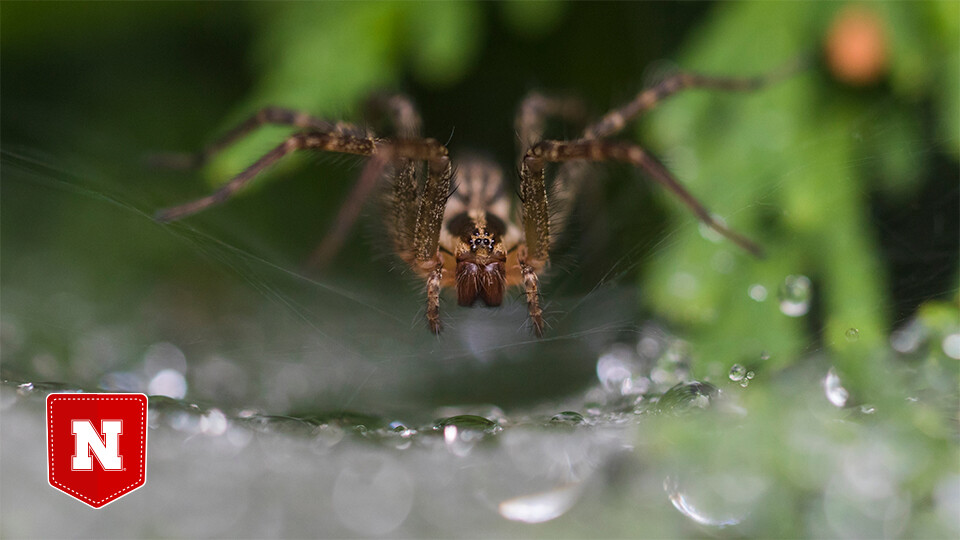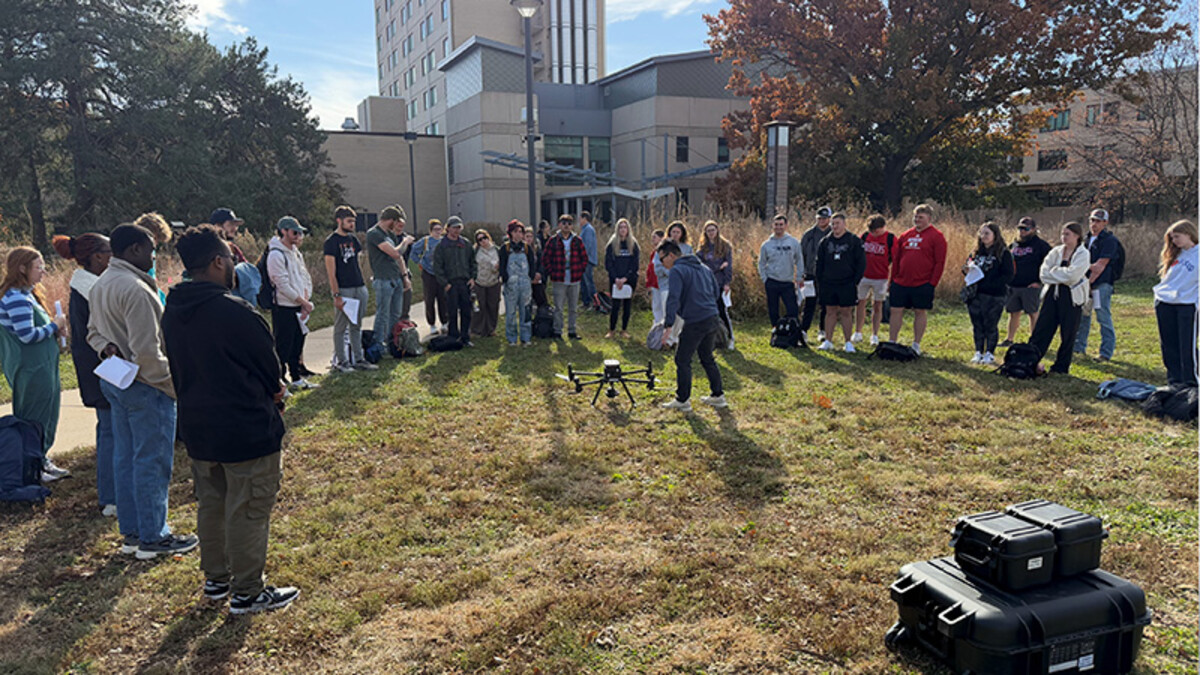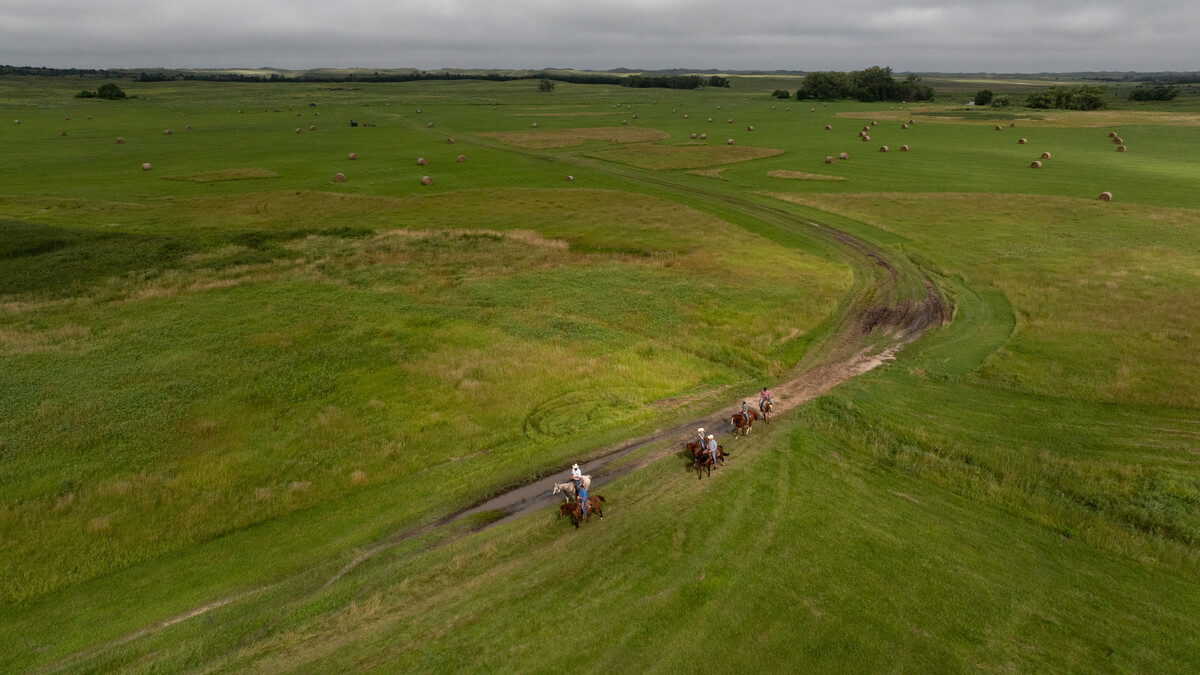
Welcome to Pocket Science: a glimpse at recent research from Husker scientists and engineers. For those who want to quickly learn the “What,” “So what” and “Now what” of Husker research.

What?
The concept of urbanization rests on the population distribution of human beings, more than 50% of whom now live near large, often densely packed groups of other people. But the consequences of that urbanization — shifts in vegetation, localized fluctuations in temperature and wind, light and sound — can alter the distribution of other animals, too.
Given their limited lifespans, spiders and other arthropods must adapt more quickly than most, making them a valuable proxy for the ecological effects of urbanization. While hard data is hard to come by, arachnologists suspect that the global population of spiders — which eat up to 800 million metric tons of pests in a year — is now falling. Whether urbanization is contributing, and to what extent, remains a subject of some debate.
So what?
In search of factors that might sway the distribution and abundance of city-dwelling spiders, Nebraska’s Brandi Pessman and her colleagues turned to the wide-ranging species Agelenopsis pennsylvanica. The team sought out A. pennsylvanica in two areas of Lincoln: Nebraska U’s City Campus, considered an urban center, and Wilderness Park, an urban forest. As expected, the team found that those habitats differed in ways potentially relevant to the spiders. City Campus featured more artificial light, traffic and engineered surfaces — the latter contributing to higher temperatures — whereas Wilderness Park included more tree cover and plant diversity.

Yet the team also found that, even within City Campus, A. pennsylvanica webs were fewer and farther apart in spaces adjacent to roads or highways. The vibrations that propagate when rubber meets road might be to blame: Like many spider species, A. pennsylvanica relies on vibratory signals both to hunt and woo mates.
Now what?
Pessman is already conducting follow-up research on A. pennsylvanica in rural versus urban areas, hoping to determine whether environmental vibrations in the latter can limit the spider’s ability to detect prey. She’s also looking into whether the spider could be using webs to dampen disruptive frequencies.







